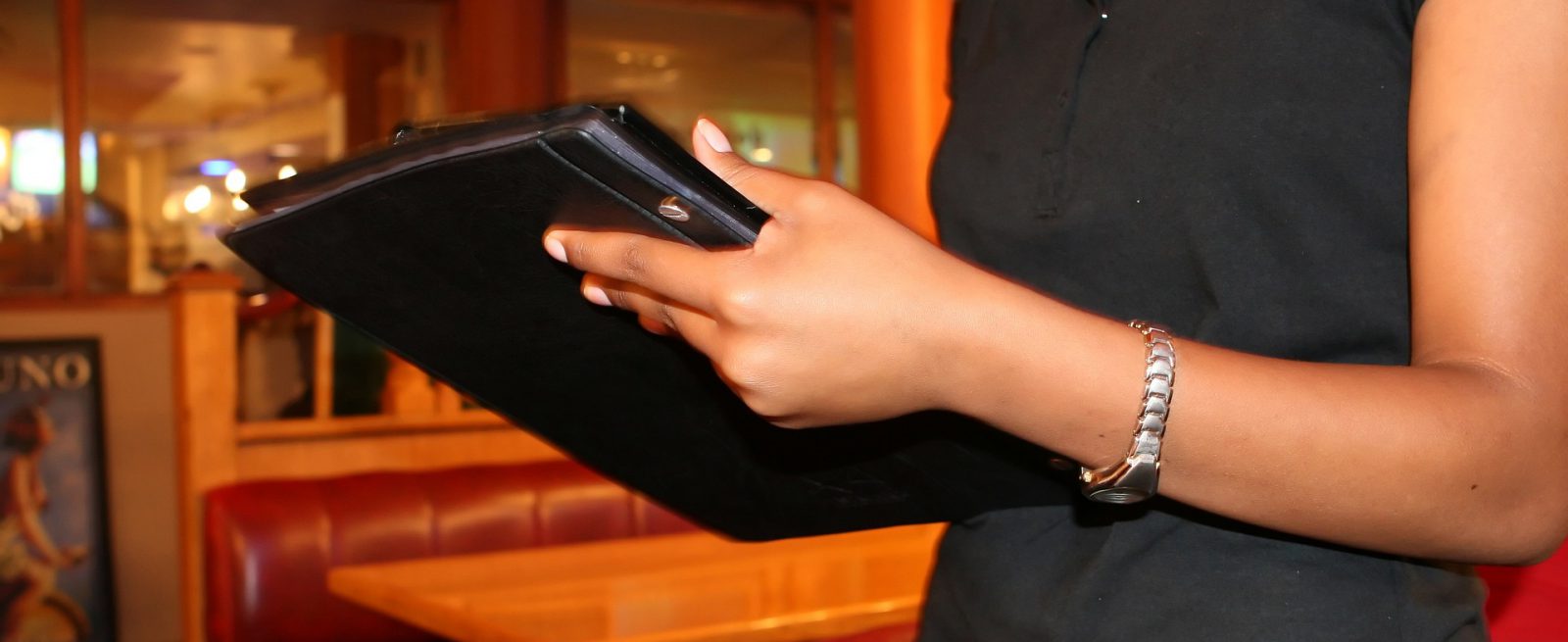Servers to Servers – Integrating Technology and Wait Staff
2 Min Read By Sam Darwish
As much as we love fries with that shake, nothing compares to an efficient restaurant with interactive customer service and perfect orders every time. The challenge is we live in a world that expects quick service no matter how busy the restaurant gets and our waiters to have our undivided attention at a moment’s notice. While these aren’t new challenges to the restaurant industry, they have contributed to driving technology adoption to overcome them.
Based on our observations of evolving trends and hearing about what irks our clients, we have outlined the benefits technology can have on restaurants, both fine dining and casual options.
Fine Dining Solutions
Many fine dining establishments offer specialty menus, like drinks, desserts or wine pairings, to their patrons. By incorporating tabletop tablets to host these menus, restaurants can provide relevant product information and peer reviews (like Wine Spectator), as well as update menu items in real time. Providing customers with more information about each item can help them make a decision, as opposed to trying to decide from a simple list.
Working in a fine dining restaurant also comes with certain expectations for servers, such as remembering regular customers’ drink preferences. Equipping servers with handheld devices can drastically increase the customer service. For example, a cloud database could host customer profiles that store past orders, allergies, food preferences, previous drink selections and any other notes.
Additionally, these devices allow waiters to receive real-time updates on food specials and products based on inventory availability. This way no server has to have the awkward “We ran out of that item” talk when they return from the kitchen. Finally, handhelds allow for direct communication between the wait staff and kitchen for specialty orders or last minute changes.
Everyday Casual Fixes
Tablets can also be extremely useful in casual dining settings as they allow servers on the floor to cover more tables. Instead of the server running back and forth, the tablets do the talking virtually to the kitchen. By utilizing technology, servers can instantly send an order to the kitchen with a few taps while at the table and spend more time interacting with the customers as opposed to running back and forth to put orders in. This leads to better overall service as well as enhanced customer experience for the restaurant and its patrons.
With how technology-dependent our society has become, integrating a familiar setting to most, like point and click technology through tablets, will drastically simplify the learning process. In the case of new hire training, tablets and their easy-to-use interface will decrease training time while simultaneously enhancing training quality, creating a more efficient team.
Additionally, by having a bird’s eye view via a digital system, servers can signal busboys virtually and hostesses can provide more accurate seating times and make notes to the staff about incoming large parties. By seeing accurate data on table turnover rates, wait times, server mistakes and kitchen deliveries, restaurant owners can understand what systems are working well and which need some improvements.
A digital tablet system can also integrate with printers so those customers that insist on having a paper receipt can get it immediately while they are bagging up their leftovers. Mobile payment applications can also be installed on the handhelds so the server can run the credit card while chatting with the customers right at the table. Really, the possibilities are endless here.
Because technology is constantly evolving, restaurants that aim to stay competitive in their industry should adapt to meet the expectations of their digital-savvy and fast-moving customers.


